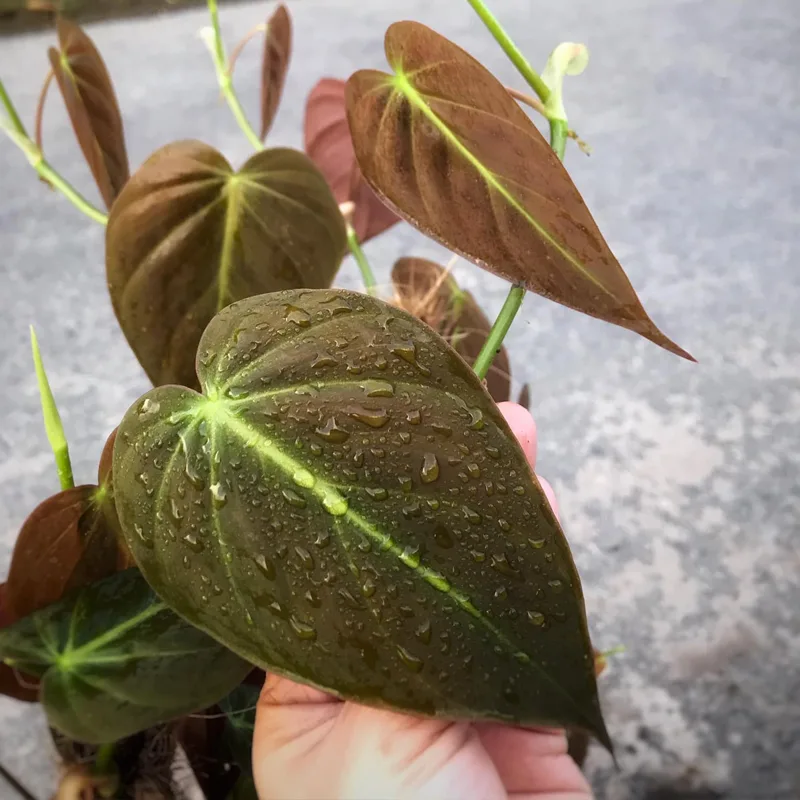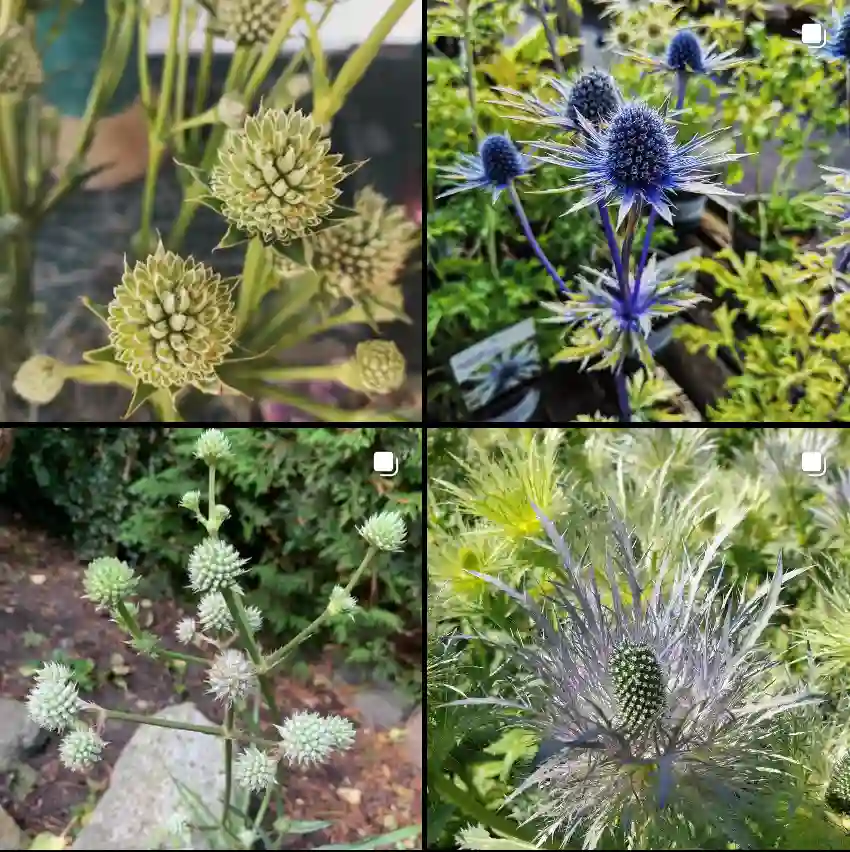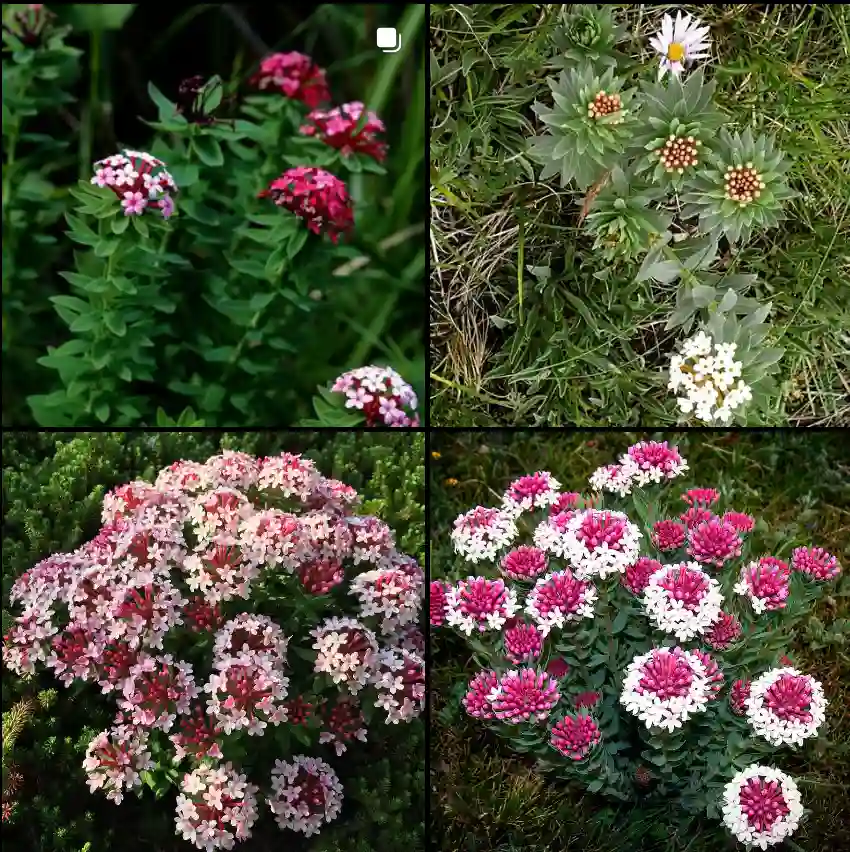Exploring the Peraceae Family
The Peraceae family may not be the first to come to mind when we think of flowering plants, but it’s one that offers a fascinating look into diversity and adaptability in nature. As someone who has always been drawn to learning about unique plant families, I’ve found the Peraceae intriguing due to its modest size and global distribution. In this article, I’ll dive into some of the notable genera within the Peraceae family, such as Chaetocarpus, Clutia, Pera, Pogonophora, and Trigonopleura, and share my personal reflections on what makes this family stand out.
The Peraceae Family: A Brief Overview
The Peraceae family falls under the order Malpighiales, which is known for its broad range of flowering plants. Although it may not be as widely recognized as the Euphorbiaceae or Malvaceae families, the Peraceae holds its own when it comes to ecological significance and plant diversity. This family primarily consists of tropical shrubs and small trees, with species found in various regions across Africa, Asia, and the Americas.
I find it fascinating how these plants have adapted to thrive in tropical environments. The family isn’t large—comprised of just a few genera—but the range of species within those genera offers plenty to explore. Many of the plants in the Peraceae family have evolved mechanisms to survive in nutrient-poor soils, which showcases their hardiness.
Chaetocarpus: An Understated Beauty
One of the more intriguing genera in this family is Chaetocarpus. This genus includes species that are mainly found in tropical areas, such as the West Indies and parts of South America. What I find most interesting about Chaetocarpus is its resilience. These trees often grow in challenging environments, such as degraded forests or sandy soils.
The leaves of Chaetocarpus species are typically simple and alternate, with smooth margins. Some species in this genus are also dioecious, meaning that individual plants are either male or female. This reproductive strategy fascinates me because it requires cross-pollination for fruit to develop, which adds a layer of complexity to their reproduction.
Clutia: A Diverse and Hardy Genus
Clutia is another standout genus within the Peraceae family, primarily found in Africa. This genus is quite diverse, containing both herbaceous and woody species. The adaptability of Clutia plants, in my experience, is remarkable—they can thrive in various habitats, from grasslands to forested areas.
One of the things I admire about Clutia is its versatility. Some species are known to have medicinal properties, which highlights the genus’s relevance to local ecosystems and human use. For instance, certain Clutia species have been traditionally used in African medicine to treat various ailments, which speaks to their longstanding importance in local cultures.
Pera: The Tropical Shrub
The genus Pera consists of shrubs and small trees, mainly found in tropical regions. These plants have a simple elegance to them, with leaves that are often glossy and evergreen. Pera species tend to grow in humid environments, such as rainforests, which makes them well-suited to moist, nutrient-rich soils.
What I find compelling about Pera is its ecological role. In many tropical forests, Pera species help maintain the forest structure by providing food and shelter for various wildlife species. They play a significant role in supporting biodiversity, which makes them an important part of their ecosystems.
Pogonophora: A Lesser-Known Gem
Pogonophora is one of those genera that often flies under the radar, but it’s worth noting for its unique characteristics. Found primarily in tropical regions of South America, the species in this genus are typically small trees or shrubs. Pogonophora plants have a distinctive look, with their finely textured leaves and small, clustered flowers.
I’ve always been intrigued by how little we seem to know about this genus, despite its presence in diverse ecosystems. There’s something special about discovering and learning more about plants that haven’t been fully explored or studied yet. It reminds me that there’s always more to uncover in the natural world.
Trigonopleura: A Rare Find
Lastly, the genus Trigonopleura is perhaps one of the rarest in the Peraceae family. These plants are mostly found in Southeast Asia, in countries like Malaysia and Indonesia. They tend to grow in rainforests, which makes them more difficult to observe or study in their natural habitats.
One of the things I love about Trigonopleura is how elusive it is. There’s an air of mystery surrounding this genus, and I find it exciting to think that we may still have much to learn about these plants. Because of their rarity, Trigonopleura species aren’t commonly found in cultivation, making them even more intriguing to plant enthusiasts like myself.
Why the Peraceae Family Matters?
The Peraceae family may be small, but it plays a vital role in the ecosystems where its genera are found. Many species within this family contribute to maintaining biodiversity by providing food and shelter for animals. Moreover, some plants, like those in the Clutia genus, have medicinal uses, which shows the broader relevance of the family beyond just ecological value.
Personally, what excites me most about the Peraceae family is the potential for discovery. There’s still so much we don’t know about certain genera, like Pogonophora and Trigonopleura, which makes them ripe for further study. I find that the more I learn about this family, the more I appreciate the resilience and adaptability of these plants.
In conclusion, the Peraceae family may not be as widely known as others, but it holds a unique place in the plant kingdom. From the resilient Chaetocarpus to the medicinal Clutia, and the rare Trigonopleura, each genus offers something special to explore. As I continue my journey of learning about plants, I find that the Peraceae family serves as a reminder of the diversity and complexity of life on Earth.
If i die, water my plants!


